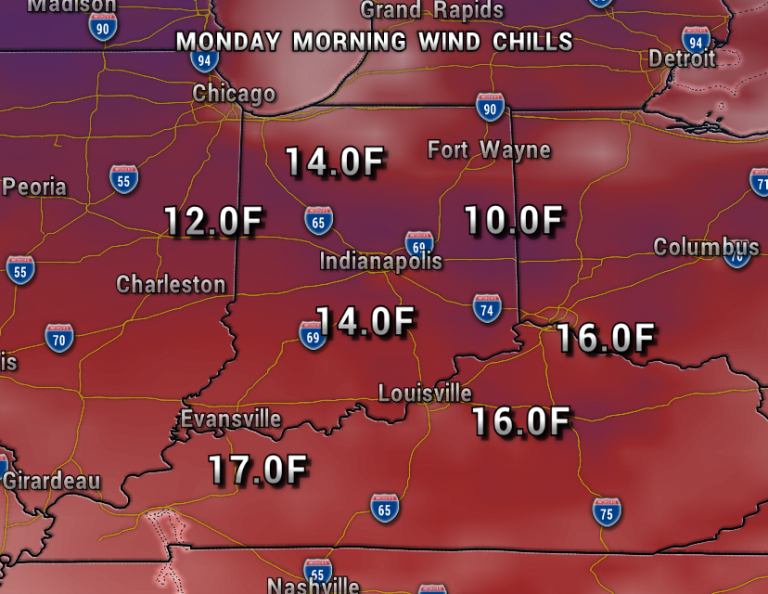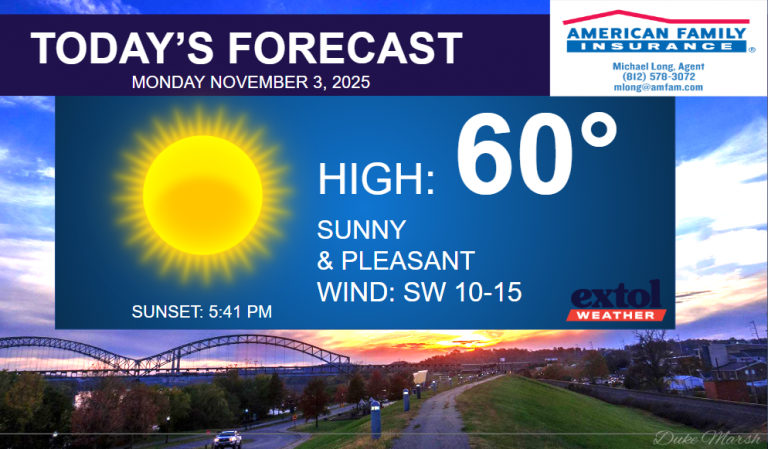
By Charlie Smith
Southern Indiana was once a place of small farms and back county roads. While you can still find those things, we are not a rural as we used to be. Our region is now a place of new business investment, job growth, and change. Every community experiences growth pains at some point but the strength of a community can be determined by how they work together to succeed.
If you live or work in Southern Indiana, you have probably noticed an increase over the last several years of new homes being built. Maybe you have a whole new neighborhood being developed near you. Those homes are great for the person or family who is moving into their second home, but what about the downsizers? What about the upcoming professionals who need a home but are not ready to take on the burden of a mortgage? They want somewhere clean, safe, and nice but allows them to focus on their future. Where will they go? How can help them become our neighbors?
As our area continues to experience economic success and job creation , it is important we all work to understand what the housing needs are to accommodate our growing communities. As a community, we also must understand that housing does not mean “just houses”.
For the sake of clarity, just because a developer would like to invest in a multifamily project near you doesn’t mean it is a bad idea. In the industry, multifamily includes anything that is not a single house while keeping in mind that multifamily housing doesn’t just mean rental either. It could mean patio homes, duplexes, as well as mixed-used projects that blend retail and residential.
There are some misconceptions revolving around multifamily developments.
One of the most popular is it will lower your property values. That is a fallacy that has been well studied by universities such as Harvard and Columbia. Studies actually found that an area with a mix of housing options enjoy an increase in property values. Those same areas are also more likely to attract small niche businesses and become more attractive to future residents. In addition, by supporting the multifamily development near you, it will actually help lower your taxes. Those multifamily units pay taxes based on a higher assessed value and as well as a tax rate than single family properties. Because the local unit of government is seeing these added benefits of additional tax revenue, it lessens the tax burden for every resident because the financial needs of government are being spread over a larger tax base.
What actually does lower your property values?
If neighbors and local government oppose projects that provide multifamily housing options (including rental units) it is actually increasing the demand for it. The only way to fill the demand for rental housing is for more single family homes in your neighborhood to be purchased as an investment for use as a rental home. A few here and there are not bad but a large concentration of rental single family homes does have a negative impact on surrounding property values. This is confirmed by the American Community Survey conducted by the US Census Bureau.
It is easy to forget that building and development companies are businesses like any other.
In order to be successful, the business has to take a risk by investing in their craft with the hopes of positive return on investment. They are no different than the owner of the local coffee shop, pub, or salon.
One of the key factors in determining if a project is worth the risk is density. In relation to density and multifamily housing, higher density allows more investment into the project which then justifies higher rents. This is because more investments in amenities within the project such as a pool, workout room, business office, free wi-fi, garages, playgrounds, clubhouse, etc., higher rents are now justified to new residents. We also have to keep in mind that all of these additional amenities take away from the available land within the project which increases the need for more density as well. This is why allowing increased density actually improves the quality of multifamily projects and not the other way around.
On social media, I have seen countless comments about why certain areas of the community don’t see anything but fast food and convenience businesses. That is a simple answer: There is not enough density or disposable income to support anything but those at this time.
Let’s use the Hwy 62 corridor by River Ridge as an example. The people coming and going to those jobs are not bringing their families to work with them to stop somewhere nice for dinner or shopping on the way home. What would help spur commercial retail developments that host those types of businesses are increased density of housing options. People like to spend their money where they can relax and enjoy a nice dinner, shopping, or an evening out. Having enough people living in the area to support those businesses helps attract more of those businesses to the area.
If you look at some of the areas of Louisville where you go for entertainment and shopping, there is a mix of housing options. This pattern is repeated over and over again in every area of the country including Indianapolis, Carmel, Nashville, and Denver. We can learn from their successes to help guide what Southern Indiana will be for our children and grandchildren.
I support our community allowing investment for growth, but I also believe it has to be smart planned growth based in objective fact and not subjective opinion. Just because it can be built, should it be built? We must learn to answer that question honestly and based on the needs of our community. The honest answer sometimes may not be popular. However, as a resident in a growing community, I know we will learn to keep moving forward.
Charlie Smith is with the Building & Development Association of Southern Indiana, which is the local affiliate of the Indiana Builders Association and National Association of Home Builders. Charlie is a lifelong Jeffersonville resident and married father of one. Want to respond to Charlie? Send an email to extol@extolmag.com.




















